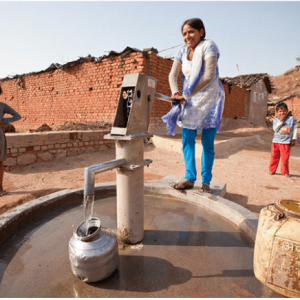
Agriculture
June 24, 2024
AFD-1 Water Flow Sensor
Read SolutionImplemented by
Charity: water
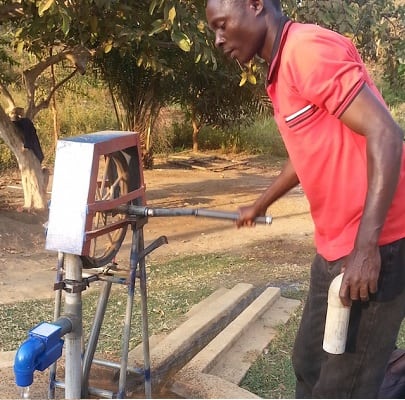
Updated on June 24, 2024
·Created on August 27, 2015
Low-power and flexible mobile infrastructure sensing device with an integrated GSM cellular connection
MoMo (mobile monitor) is a low-power and flexible mobile infrastructure sensing device with an integrated GSM cellular connection.
MoMo is a modular remote data collection platform which can be used to retrieve sensor data and aggregate it in a central location. This data can then be used to visualize large infrastructure systems, identify weak points and individual failures, analyze trends, and inform plans for future development. It can also trigger automatic notifications to the right people should something go wrong.
Watch a presentation video of MoMo.
Target SDGs
SDG 6: Clean Water and Sanitation
SDG 11: Sustainable Cities and Communities
Market Suggested Retail Price
$100.00
Target Users (Target Impact Group)
Community, Public Sector Agencies, NGOs
Distributors / Implementing Organizations
MoMo is currently being piloted by WellDone.org. It partnered with WaterAid Tanzania.
Competitive Landscape
Direct competitors include SWEETSense Technologies and AFD-1 Water Flow Sensor.
Countries
Ethiopia, Rwanda, Tanzania, Uganda
Manufacturing/Building Method
The MoMo is currently manufactured in low-volumes as part of the piloting process. Manufacturing methods include 3D printing of MoMo enclosures that integrate with water pumps. Off-the-shelf components are used such as the PolyCase's NEMA 4x-rated waterproof enclosure WP-21F. The MoMo operating system is open-source and all documentation is available for users.
Intellectural Property Type
Open-source
User Provision Model
The MoMo is still in the piloting stage. However, users may contact the design team or sign up for updates on the release. Alternatively, users may build their own version of the MoMo with the provided guidance.
Distributions to Date Status
Unknown.
Power requirement (mA)
>100 mA
Processing platform
Cloud-based
Remote Sensor Calibration (Y/N)
Yes
Reporting modalities (wifi/ cellular network/other)
Cellular network (2G GSM), GPRS
Sampling rates (Hz)
Unknown.
Sensor type(s)
Multisensor: 3 voltage sensors, 1 current sensor, 1 pressure sensor
Design Specifications
Technical Specifications:
Sensor:
Communication:
Power:
Enclosure:
Strato Management Portal:
Technical Support
Unknown, however as an open-source solutions users are equipped with troubleshooting guidelines and substantial design details enabling self-support.
Replacement Components
Available for purchase via online retailers.
Lifecycle
Unknown
Manufacturer Specified Performance Parameters
Performance Targets include:
Vetted Performance Status
Unknown, however experts advise that an important performance parameter to take into account is the average battery life for different samples frequencies. Additionally, it is useful to consider the network topology used to connect sensors to the central point to estimate the complexity of the deployment.
Safety
No hazards listed.
Complementary Technical Systems
Unknown.
Academic Research and References
Evan Thomas Luis Alberto Andrés Christian Borja-Vega Germán Sturzenegger. Innovations in WASH Impact Measures: Water and Sanitation Measurement Technologies and Practices to Inform the Sustainable Development Goals. 10.1596/978-1-4648-1197-5
Cooper, Nathan John and Swan, Andrew and Gamble, Will and Pritchard, Martin (2018) Using smart pumps to help deliver universal access to safe and affordable drinking water. Engineering Sustainability, 171 (6). pp. 277-285. ISSN 1478-4629
Michael Nique and Kennedy Opala (2014): The Synergies between Mobile, Energy and Water Access: Africa. GSMA Mobile Enabled Community Services
“Target region.” n.d. https://www.indiegogo.com/projects/momo-keep-the-water-running#/
“WellDone.” n.d. Welldone.Org. Accessed June 24, 2024. https://www.welldone.org/
“Goal 6.” n.d. Sdgs.Un.Org. Accessed June 24, 2024. https://sdgs.un.org/goals/goal6
“WP-21F Polycarbonate Electronic Enclosure with NEMA Rating.” n.d. Polycase. Accessed June 24, 2024. https://www.polycase.com/wp-21f
MoMo-Firmware: Embedded PIC Firmware and Hardware Designs for the WellDone Mobile Monitor (MoMo). n.d. Accessed June 24, 2024. https://github.com/welldone/MoMo-Firmware
Compliance with regulations
None.
Evaluation methods
Field trials.
Other Information
MoMo is the 2015 Winner of the Vodafone Wireless Innovation Project Competition.
Experts state that the solution requires infrastructure in order to be deployed in isolated areas. It can be complemented with multihop networks with technologies like ZigBee or Bluetooth.

Agriculture
June 24, 2024
Implemented by
Charity: water
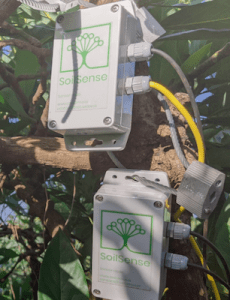
Agriculture
February 7, 2024
Implemented by
SoilSense
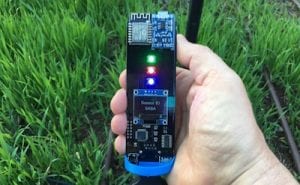
Agriculture
February 6, 2024
Implemented by
Australian Centre for International Agricultural Research
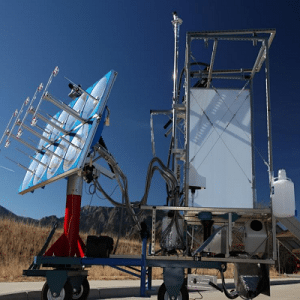
Agriculture
January 2, 2024
Implemented by
University of Colorado
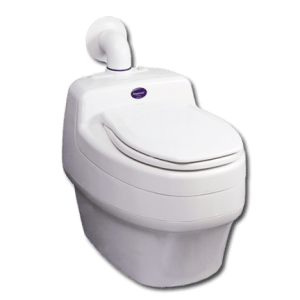
Agriculture
January 2, 2024
Implemented by
Separett
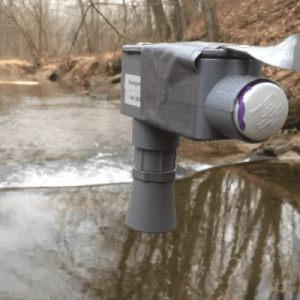
Agriculture
June 26, 2024
Implemented by
DAI Maker Lab
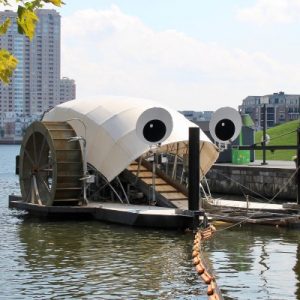
Agriculture
January 15, 2024
Implemented by
Clearwater Mills
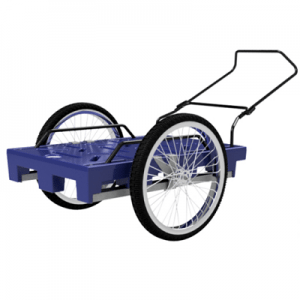
Agriculture
June 23, 2024
Implemented by
LoooP Creative Ltd
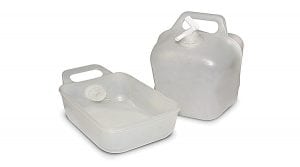
Agriculture
January 10, 2024
Implemented by
NRSRelief
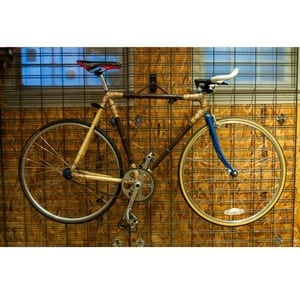
Agriculture
August 4, 2024
Implemented by
Hatch International
Have thoughts on how we can improve?
Give Us Feedback
Not much here to react to. the photo does not match the description of a 4-wheeled vehicle with a solar panel. However both seem to describe something used for outdoor mobility vs indoor mobility–moving around the community vs. inside a home or inside a bathroom stall. if this is true they should define their user group more carefully as people who are comfortable walking / crawling / being carried indoors (example: amputee who walks indoors with crutch, polio survivor who crawls, child with a caregiver) or need a device indoors as well (example: spinal cord injury) but have an additional separate mobility device they use indoors.
All in all, there is not enough information about this device to include it alongside actual products.
wilfredo.torres says:
it could be interesting to know how is the network topology used to connect sensors to the central point. Understanding that with GSM/GPRS centralized (star) and large-coverage topology is used, an important additional performance parameter to take into account is the AVERAGE BATTERY LIFE for different samples frequencies.
Yoo-Yoo Yeh says:
Hello – Were any research studies on efficacy and behavioral change carried out using this sensor? It looks like the sensors have all stopped working – is there any plan to replace the batteries and keep them going?
Who would be a good person to contact about this project? Thank you very much.